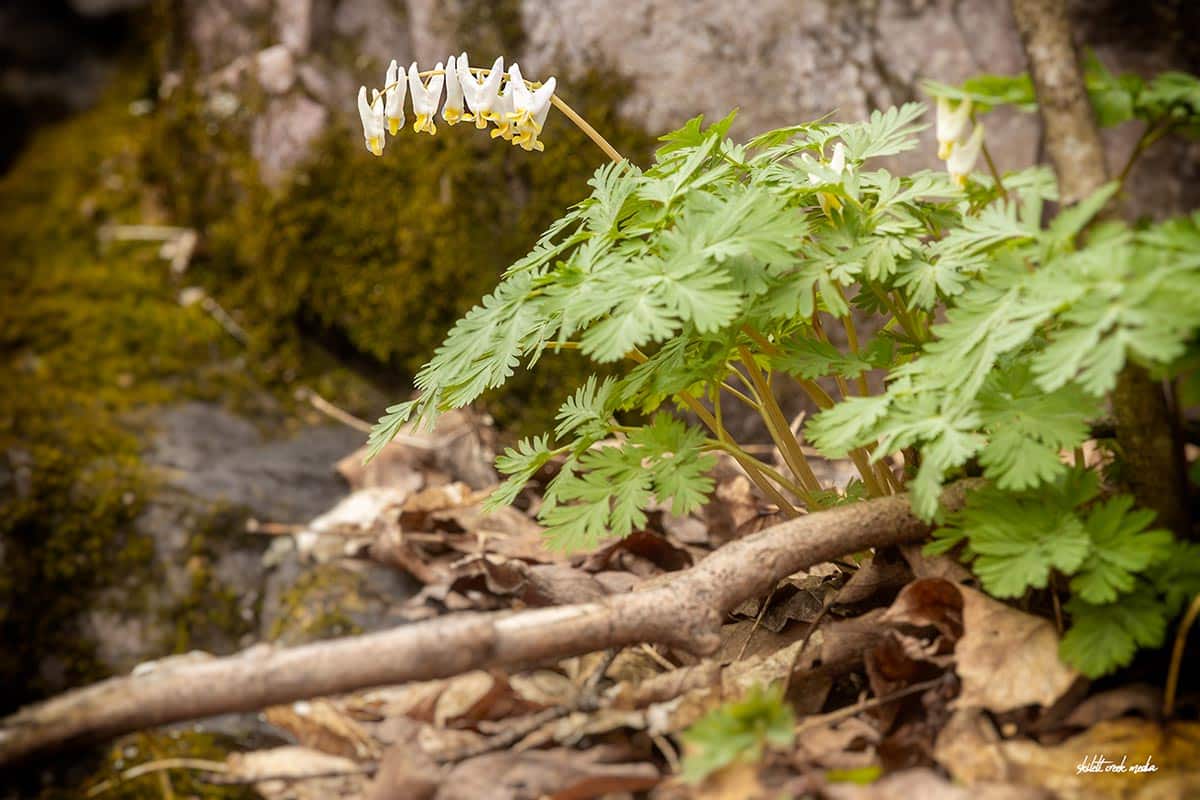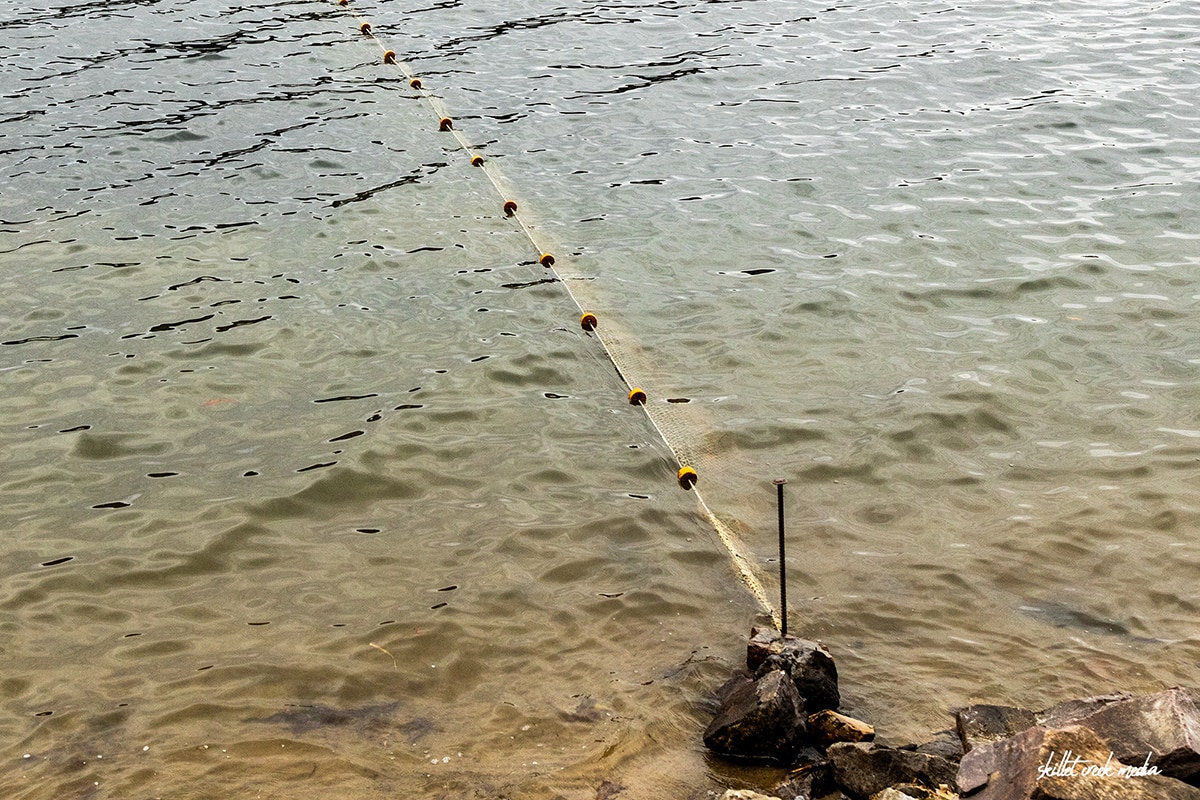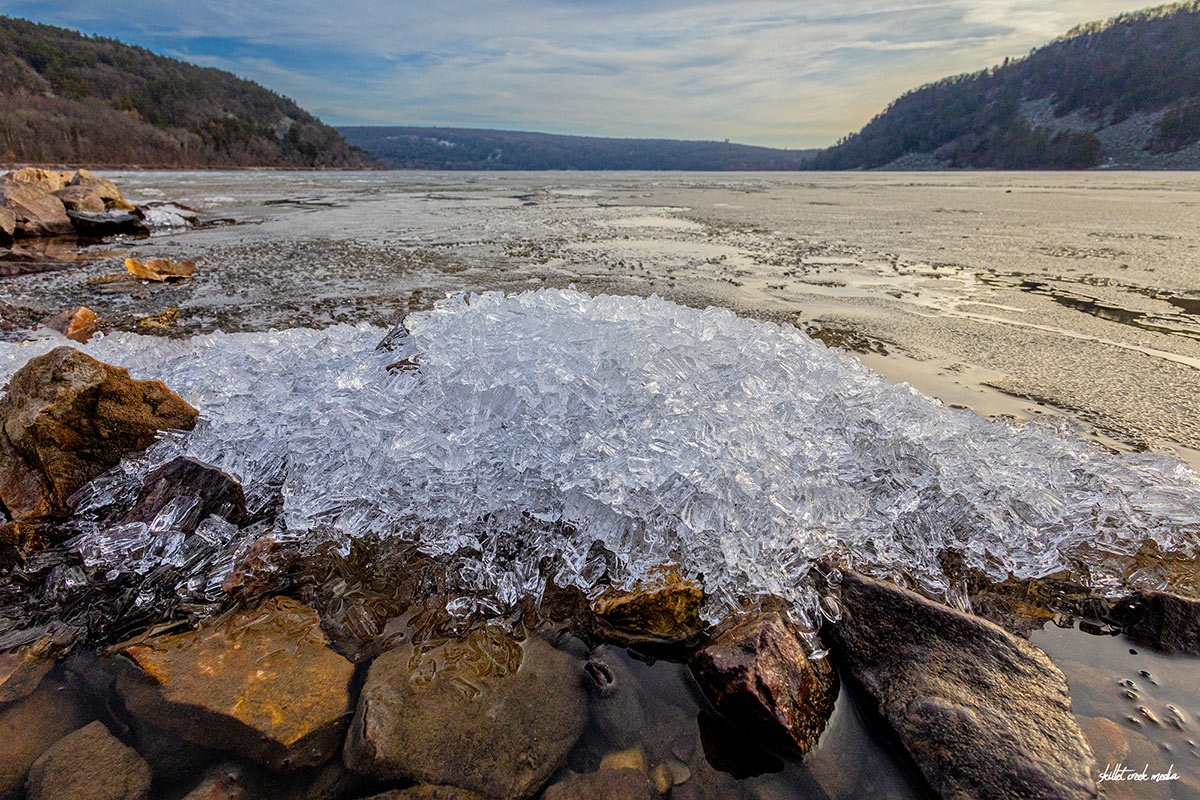Spring has sprung at Devil's Lake State Park, and with it comes a charming little…
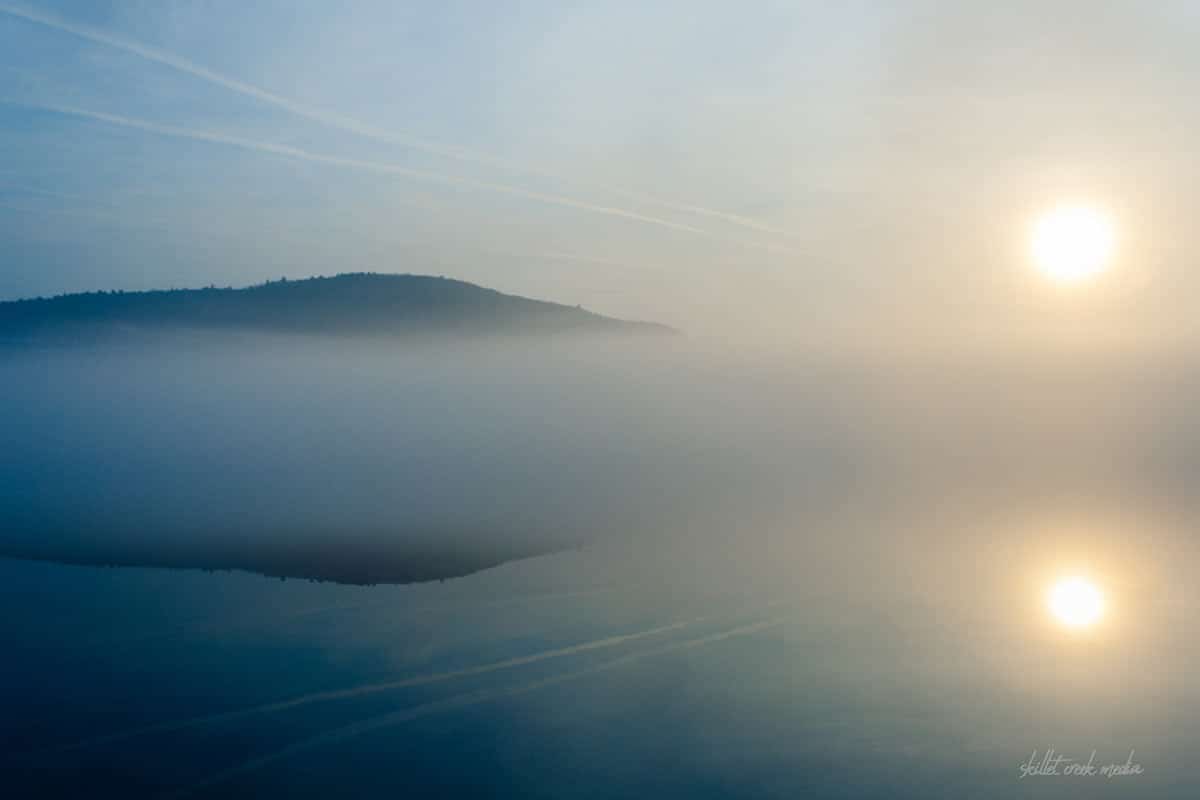
I’ve been thinking about how much 2024 is feeling like the infamous drought year, 2012 so far. But I also know that we humans have a way of connecting dots in ways that are not always factual. So, I decided to take a closer look…
Today’s featured photo was taken on March 14th, 2012. Then as now, the lake had already opened. This year, the ice came completely off the lake on March 9th. In 2012, “ice out” was recorded as March 14th (same day as the photo).
The 2012 drought year was fueled by 2011, which was also considered a significant drought. A lack of winter snowstorms over the winter of 2011-2012 resulted in minimal snowmelt and a serious lack of water in the spring. Our current situation is eerily similar. 2023 ranked as the second hottest year ever here in Baraboo (2012 ranked #1). Again in 2023, much of Wisconsin experienced significant drought. In fact, if you look at the 2023 drought map created by the Midwestern Regional Climate Center, there is a noticeable red circle around the Baraboo Hills where we experienced some of the lowest precipitation in the state.
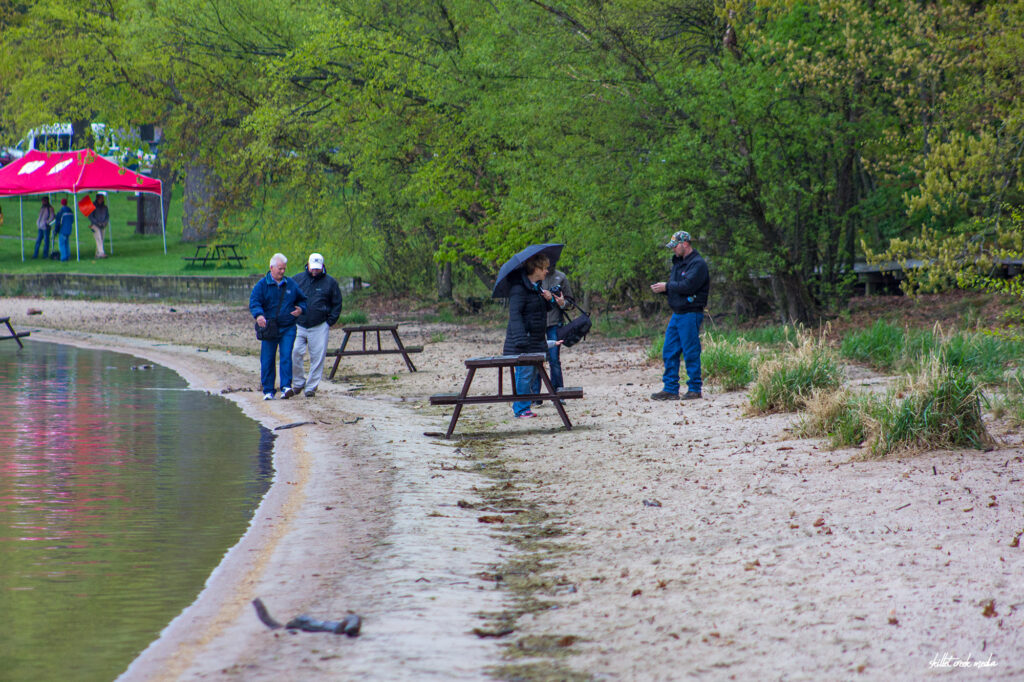
Even with the drought of 2011, my photo archives tell me that in March of 2012, the lake started out with much more water than where it is this year. There is a lot more exposed beach this year than in 2012.
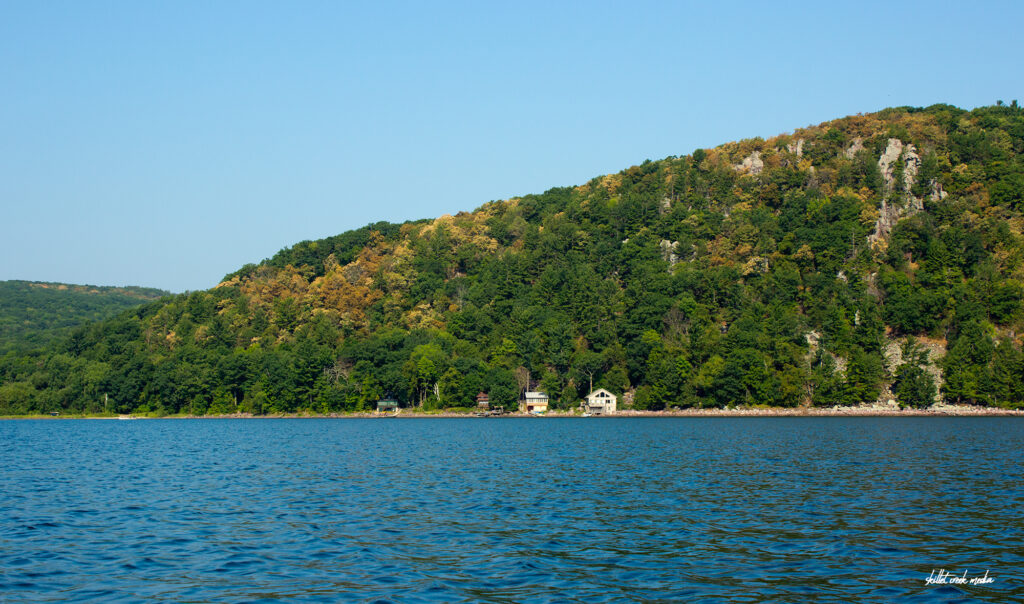
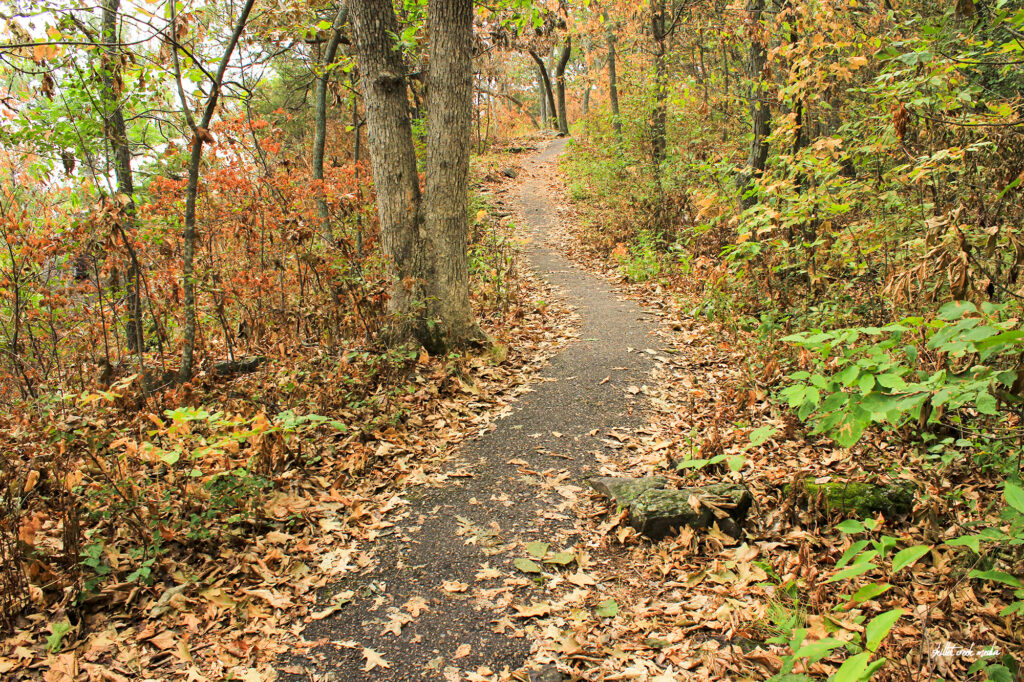
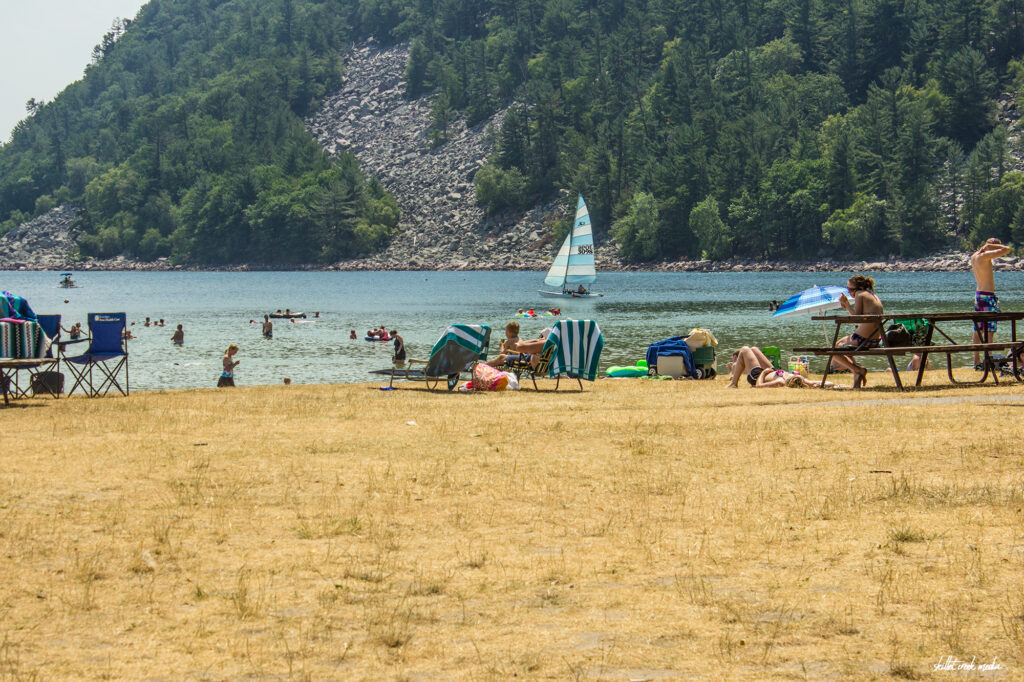
In 2012, we started the year looking fresh and green. By June, it was clear that the grass on the park’s north shore was not doing well. By July, it was powder. In fact, by July, it was clear that we hadn’t seen an event like this at Devil’s Lake in living memory. As you can imagine, trees on the rocky bluffs have no water reserves. By mid-March, many were turning brown, and the trails were littered with leaves so deep it felt like autumn.
Coming back to 2024, we can’t assume things will be the same as 2012, but what we’re seeing doesn’t bode well. Just like 2012, we’re starting the year here in Sauk County with a severe drought. Average temperatures are surprisingly high, again. The lake is starting with even less water than in 2012. (Sidenote: A good percentage of dead trees you see today on the bluffs are dead because 2012 weakened them, and they never recovered. Those weakened trees slowly gave way to more dry years, insects, and disease… but that’s a story all to itself).
It’s hard to guess what the future holds as we race toward the summer of 2024, but if you are feeling a bit of Déjà Vu… I’m right there with you!
References:
- U.S. Drought Monitor
- NWS Climate Prediction Center
- ExtremeWeatherWatch.com (Baraboo)
- Wisconsin Year-End Climate Synopsis for 2023
- DROUGHT AND GROUND-WATER LEVELS IN NORTHERN WISCONSIN by Alexander Zaporozecl
- National Centers for Environmental Information
- US Department of Ag, WI Crop Progress, 2012

For nearly 2 decades the Skillet Creek blog has focused on 3 main goals; To inspire you to visit and explore the Devil’s Lake region, to help you get the most your visit by sharing tips, events, and other helpful information. Lastly to advocate for our environment & wildlife and talk about how we can keep our natural areas amazing now and into the future! That last goal can sometimes cause controversy, but it’s the only way we can accomplish the first two. – Derrick Mayoleth, Owner.

